How Plastic Surgery Trends Differ Across Regions
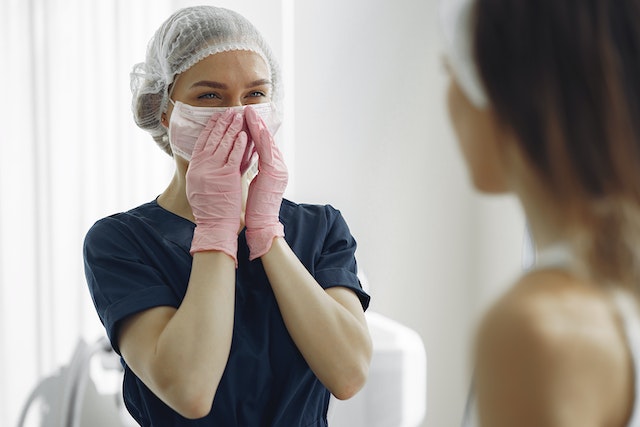
In recent years, the world has seen a surge in the popularity of aesthetic enhancements, signaling the evolution of plastic surgery. As these plastic surgery trends evolve rapidly, places from the bustling streets of Seoul to the sun-kissed avenues of Los Angeles witness a growing number of people opting for surgical procedures to redefine their appearances. These choices, while deeply personal, also mirror societal expectations. Although pursuing perceived ideal beauty remains a consistent objective, the techniques and preferences vary considerably across different regions.
The Popularity of Plastic Surgery Trends Differs Across Regions
The global appeal of plastic surgery isn’t just about vanity. It’s a complex mosaic of cultural, historical, and modern influences that shape individual and collective perceptions of beauty. What’s considered the epitome of attractiveness in one part of the world might not even register in another. This intriguing divergence is more than just a matter of personal preference; it’s a testament to the rich tapestry of human culture and the myriad ways we express and celebrate beauty.
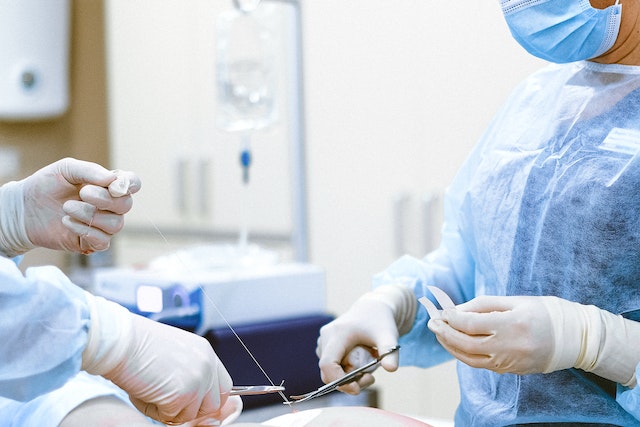
Navigating the nuances of plastic surgery trends, where personal desires intersect with societal beauty benchmarks.
Understanding these regional differences in plastic surgery trends is crucial for those in the medical profession and individuals navigating their aesthetic journeys. Platforms like Instagram and TikTok influence plastic surgery trends significantly, introducing new beauty ideals and amplifying existing ones. Recognizing the breadth and depth of these trends offers a more comprehensive view of global beauty standards, allowing us to appreciate the diversity of human expression. The global landscape of plastic surgery offers a fascinating study into regional preferences, deeply rooted traditions, and the substantial sway of modern-day media. As each region carves out its unique aesthetic ideals, it’s essential to dive deep into these trends, understand their origins, and appreciate the beauty standards they uphold.
Western Plastic Surgery Trends: The Quest for Youth and Symmetry
The Western world remains enthralled with the allure of youth and idealized proportions. Leading the roster of preferred procedures are facelifts, signaling an unwavering desire to turn back the hands of time. Rhinoplasty and breast augmentations follow closely, reflecting societal aspirations for balanced features. With their significant media presence, celebrities play an undeniable role in setting these beauty standards. Yet, a significant shift is underway. Non-invasive treatments, particularly fillers and Botox, are rising in the ranks. Their appeal lies in their ability to provide instant results and their promise of minimal recovery, making them a popular choice for many.
East Asia: A Blend of Tradition and Modernity
East Asia provides a captivating blend of age-old beauty values infused with contemporary influences. Eyelid surgeries are especially popular, specifically aimed at achieving the coveted “double eyelid” appearance. However, it doesn’t stop there. The demand for procedures like jawline reshaping and the V-line approach underscores the region’s inclination towards a refined facial aesthetic. These preferences, rooted in history, are more than mere trends; they echo cultural beauty ideals passed down through generations.
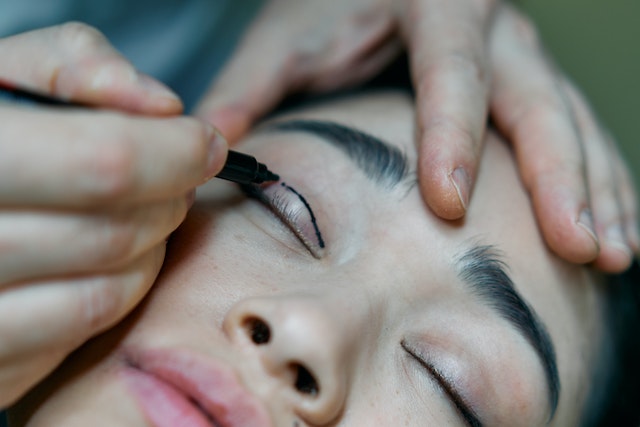
Embracing diversity: understanding and celebrating the myriad expressions of beauty worldwide.
South America: Embracing Curves and Vivacity
South America’s plastic surgery preferences celebrate life, curves, and spirited vivacity. Buttock augmentations and body sculpting procedures are prominent, mirroring the region’s love for pronounced curves. Rhinoplasty, a common procedure worldwide, takes on a unique dimension here. It’s tailored to enhance, respect, and retain ethnic distinctiveness. This harmony of indigenous beauty standards and modern aspirations paints a vivid picture of South America’s diverse aesthetic landscape.
Middle East: Balancing Tradition with Contemporary Aesthetics
The Middle Eastern beauty ethos is a testament to the seamless amalgamation of time-honored traditions and modern tastes. Procedures like nose reshaping and lip augmentations are particularly sought after. These choices, though modern, are always executed with a subtlety that respects the region’s cultural values. This convergence of traditional modesty with contemporary beauty aspirations reveals the Middle East’s nuanced relationship with aesthetic enhancements. Interestingly, a recent study indicates that this rich tapestry of beauty standards is among the compelling reasons individuals are relocating to the Middle East. Whether to access specialized procedures or immerse in the unique beauty culture, the region draws attention on the global stage.
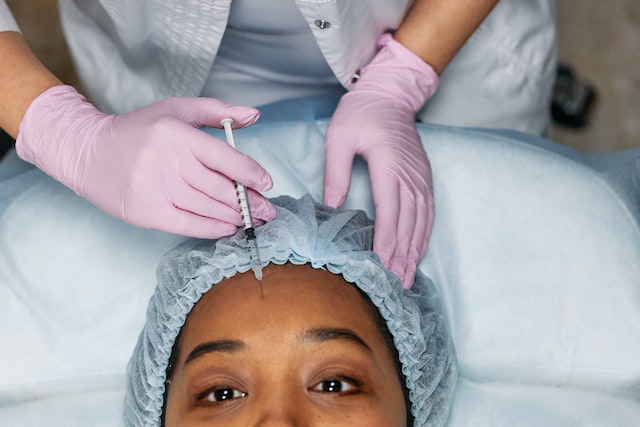
Middle Eastern aesthetics: where time-honored traditions meet contemporary desires.
Africa: A Growing Affinity for Enhancement
Africa’s burgeoning interest in plastic surgery showcases a confluence of its rich cultural heritage with global beauty trends. Rhinoplasty is becoming notably popular, complementing the growing interest in skin-lightening procedures. While some of these trends might resonate with global preferences, they also reflect Africa’s unique beauty narrative, where traditional standards gracefully intersect with modern aesthetics.
Factors Influencing Regional Plastic Surgery Trends
Diverse factors mold regional plastic surgery trends. Historically rooted beauty standards offer the initial blueprint. However, the omnipresent media, driven by globalization, introduces and popularizes newer, often global, aesthetics. Moreover, the economics of plastic surgery, particularly the allure of medical tourism, brings its influences. As individuals cross borders seeking both affordability and quality, they encounter a potpourri of beauty standards, often adopting diverse aesthetic aspirations. Furthermore, as people undergo these procedures, it’s essential to consider the common feelings and emotions after plastic surgery, which play a significant role in post-operative experiences and satisfaction levels.
The Ethical Considerations: Beyond Aesthetics
Beyond the surface-level allure of plastic surgery lies a deeper realm of ethical considerations. Every region, with its distinct beauty standards, must grapple with the challenge of respecting cultural norms while evading potentially harmful stereotypes. Crucially, the decision to undergo any procedure must prioritize the individual’s informed choice. Regional beauty standards might differ, but the universal right to make personal, autonomous decisions about one’s body remains paramount.
Conclusion
Exploring plastic surgery trends reveals a world rich in diversity and cultural nuance. From one region to the next, these trends speak volumes about global beauty ideals and societal aspirations. As we navigate this evolving landscape, we must appreciate the broader beauty tapestry and honor individual choices. Embracing global beauty perspectives enhances our understanding, but celebrating personal decisions remains at the heart of every transformation.



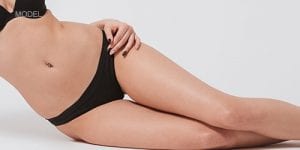

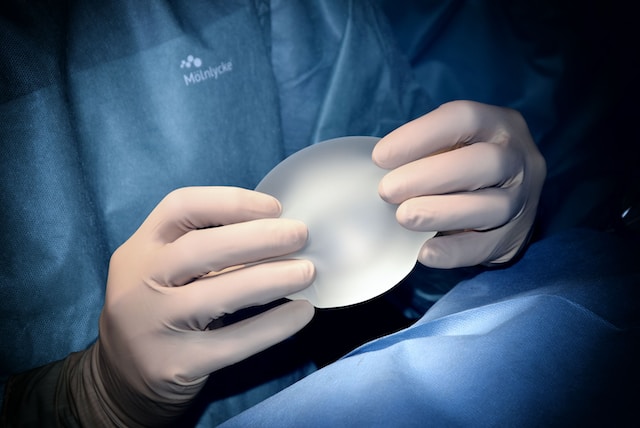


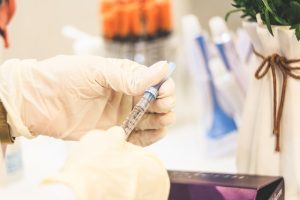

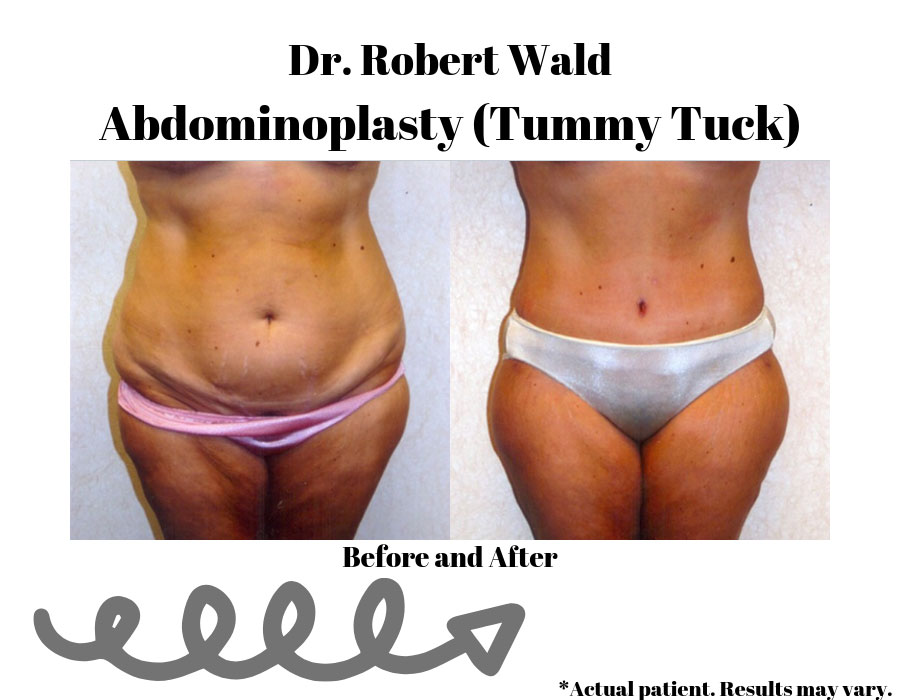
 Sometimes healthy habits can only do so much for preventing and diminishing the appearance of facial aging. When daily skin care isn’t sufficient, you can opt for cosmetic treatments designed for targeting the effects of aging. Dr. Wald offers a variety of non-surgical options that can help to reduce the appearance of fine lines, wrinkles, age spots, and blemishes. The following are some of the non-surgical procedures he performs at his practice for facial rejuvenation:
Sometimes healthy habits can only do so much for preventing and diminishing the appearance of facial aging. When daily skin care isn’t sufficient, you can opt for cosmetic treatments designed for targeting the effects of aging. Dr. Wald offers a variety of non-surgical options that can help to reduce the appearance of fine lines, wrinkles, age spots, and blemishes. The following are some of the non-surgical procedures he performs at his practice for facial rejuvenation: